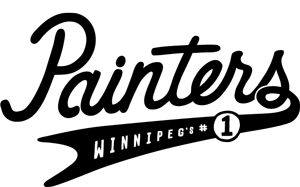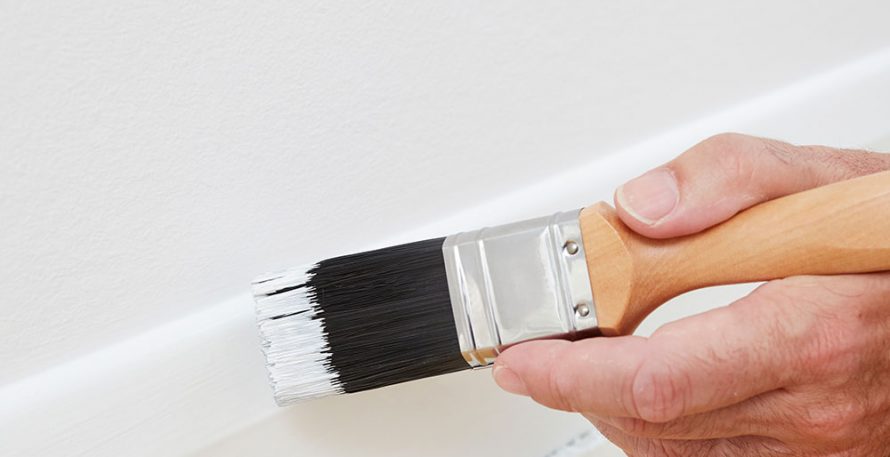TV advertisement slots these days abound with ads for hardware store paints claiming to be “self priming” or “paint and primer in one”. In a surprising twist for TV ads, these claims are misleading. This is not to say that BEHR PREMIUM PLUS is not, in fact, a “paint and primer in one”, only that the meaning of “primer” in this case is so narrow, it’s meaningless as something that distinguishes Behr paints from any other acrylic paint on the market. All the “primer” in these products can “prime” are surfaces that have already been painted. As far as adhesion to the substrate is concerned, the existing paint (or, more accurately, the primer beneath it) is actually the primer, narrowing the capabilities of the “primer” in question to covering existing colour. But, calling your paint a labour-saving 2-in-1 sounds more appealing than merely saying it “covers in two coats”.
The right primer can accomplish a lot that self-priming paints can’t. They can seal fresh drywall, wood, and MDF. They can improve adhesion to metals and plastics. They can block stains from tannins in wood, water damage, or smoke. They can prevent exfiltration of moisture and oils in wood. They prevent flashing on wall patches, and can provide a smoother finished product. They can even be necessary when painting over existing paint when you desire a drastic colour change.
The right primer depends on two things: the substrate and the desired quality of the finished product. When painting new drywall, for example, it’s absolutely necessary to use a drywall sealer. Simply applying paint–even a 2-in1 product–directly onto drywall will result in the water in the paint infiltrating the paper, drywall, and mud that form the wall’s surface. This will often ruin your drywall, and in the best case scenario will yield an uneven and physically rough finished product. We use a range of professional-grade products from Sherwin-Williams and Bejamin Moore, from a simple latex drywall sealer as an affordable first step to a good paint job, to an enamel primer that provides a hard and smooth surface, to high-build primers that provides the uniformity and smoothness of level 5 drywall finishes.
This holds true for other materials, too. Wood, whether raw or stained, can excrete tannins and oils that bleed through most primers and paints. Preventing this from happening calls for a shellac primer. Shellac is produced by a Thai insect and soluble in ethanol, rather than water, oil, or other paint solvents, making it impervious to the stains that bleed through other products. We turn to Zinsser’s products when we need a high quality stain blocker, as their product line extends well beyond shellacs. Many repaints call for repairing water or smoke damage. Since these stains can cover large areas–sometimes an entire home–our primers must be applicable on a large scale, without rendering interior spaces too noxious for human occupation. This makes low-odour stain blockers a must.
Finally, in the case of drastic colour changes, we often have no choice but to prime over existing paint. Very bright paint colours don’t cover as well as more neutral colours, and changing from light to dark, or vice-versa, requires a primer coat. Primers aren’t made to carry colour as well as paint, but it is still possible to tint them. We use primers tinted to an approximation of the final colour, in order to complete efficient and great looking colour changes.
Does you believe that your next paint job might need specialized primer? Get in touch, and we’ll be happy to offer our best advice.


